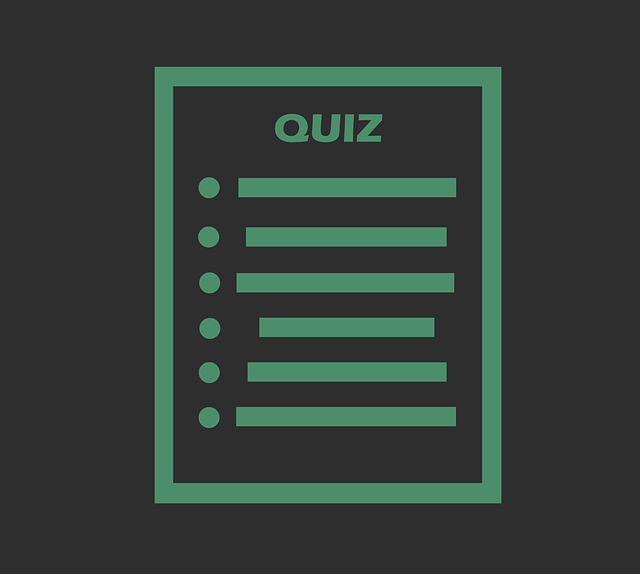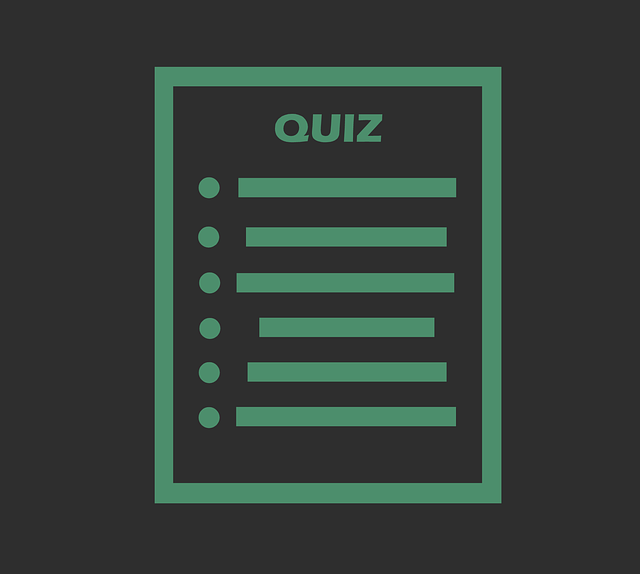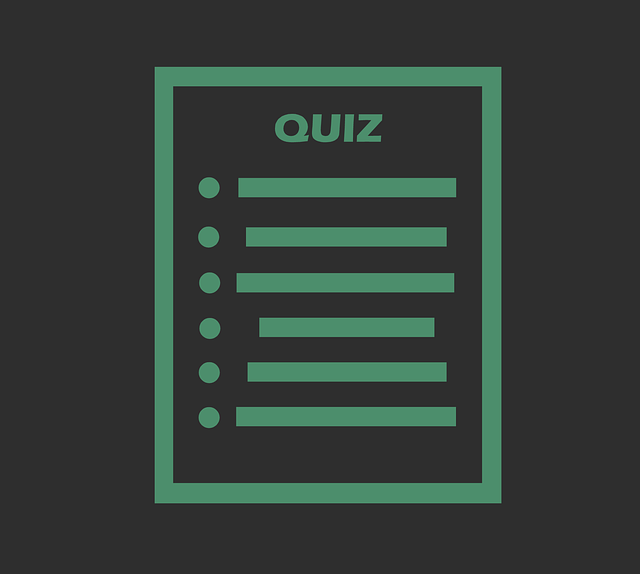In this blog you will find the correct answer of the Coursera quiz The Modern World Part Two Global History since 1910 week 4 mixsaver always try to brings best blogs and best coupon codes
Week- 4
Week Eleven Quiz
1.
Question 1
According to the presentation, during what period did the regional wars in Europe and Asia coalesce into a truly global war?
1 point
- 1941-1942
- 1937-1938
- 1940-1941
- 1939-1940
- 1938-1939
2.
Question 2
According to the presentation, which of the following was true of Hitler’s thinking by the end of 1940? Choose all that apply.
1 point
- By late 1940, Hitler had decided to shift his focus to planning an invasion of the Soviet Union in 1941.
- After being defeated in the Battle of Britain, Hitler realized that Great Britain was being propped up by American military aid. He then shifted his primary focus to making plans for war with the United States in early 1941, before the Americans had a chance to fully mobilize.
- After being defeated in the Battle of Britain, Hitler largely abandoned his plans to invade Great Britain across the English Channel.
- After wearing down the British defenses during the Battle of Britain, Hitler shifted his primary focus to Operation Sea Lion, the planned invasion of Great Britain across the English Channel in early 1941.
- After being defeated in the Battle of Britain, Hitler reached out to Stalin in the hopes of forming a stronger military alliance to defeat the British and carve up all of Europe between them.
3.
Question 3
According to the presentation, which of the following was true about the United States in 1940-1941? Choose all that apply.
1 point
- By late 1940, American public opinion was overwhelmingly in favor of American entry into the war on the side of the Allies, but Congress was overwhelmingly isolationist and refused to vote a declaration of war.
- Franklin Roosevelt won election to an unprecedented third term in 1940 mainly on the strength of his promise to bring the United States fully into the war on the Allied side.
- Because of the Roosevelt administration’s strict interpretation of the Neutrality Acts, virtually no American military aid could be provided to any of the belligerents in 1940-1941.
- In secret war planning in 1940-1941, the U.S. military planners decided on a Japan First strategy should the United States be drawn into war.
- None of the above
4.
Question 4
According to the presentation, which of the following was a consequence of Operation Barbarossa, the invasion of the Soviet Union in June 1941 by Germany and its allies? Choose all that apply.
1 point
- The invasion diverted German resources, manpower, and focus away from the Western Front, allowing the exiled French government to launch a bold, but eventually failed, campaign to retake France from the Nazis.
- The invasion diverted German resources, manpower, and focus away from the Western Front, thus effectively removing the threat of a German invasion of Great Britain.
- The two most powerful countries in the world did not leverage their combined resources to a common cause of securing control of Europe and other regions.
- In response to the German-led invasion, the United States began taking more aggressive steps against Japanese expansion in order to deter Japan from attacking the Soviet Union.
- The seeming likelihood of a German victory emboldened the Japanese to take more aggressive steps in Asia and the Pacific.
5.
Question 5
According to the presentation, why were the United States and Japan unable to come to a “modus vivendi” in 1941? Choose all that apply.
1 point
- The United States would not assent to continued Japanese expansion in China.
- The Japanese felt the need, especially in light of American sanctions, for imperial expansion in resource-rich countries of Southeast Asia.
- The Japanese invasion of the Soviet Union in early 1941 threatened the Allied war effort, in which the United States had a major stake.
- The Japanese were optimistic about prospects of a German victory against the Soviet Union.
- Germany promised Japan backing in a war with the United States, thus strengthening the Japanese position and resolve.
6.
Question 6
According to the presentation, why was the United States not forced into a Japan First strategy after the attack on Pearl Harbor in December 1941? Choose all that apply.
1 point
- Despite the Japanese attacks on Pearl Harbor and later on Midway, Hawaii remained under American control along with the strategic oil reserves and other support facilities there, allowing the United States to maintain adequate combat operations in the western Pacific.
- Soon after the attack on Pearl Harbor, Soviet troops launched an assault on Manchuria, thus freeing the Americans forces to focus on the European theater.
- Germany, honoring its promise to Japan, declared war on the United States shortly after the attack on Pearl Harbor, thus giving the United States cause to implement its Germany First war plans even though it had been attacked by Japan.
- Chinese forces won victories against the Japanese in early 1942, allowing the United States to focus on Europe.
- In the spring of 1942, Germany prepared to invade Great Britain, which compelled the United States to enter the war against Germany.
7.
Question 7
According to the presentation, which of the following was the MOST important strategic objective for the Japanese in the spring/summer of 1942, after going to war against the United States?
1 point
- The Japanese most needed to knock the British out of India so that they could gain access to the wealth of Indian raw materials for their war effort.
- The Japanese most needed to aid the Germans against the Soviet Union by launching an invasion of the USSR from Manchuria, thus forcing the Soviets to fight a two-front war.
- The Japanese most needed to invade and occupy Australia in order to neutralize any threat of a British/Australian counterattack from there.
- The Japanese most needed to invade and occupy Hawaii, to deprive the United States of its most critical forward base and force the Americans to conduct a war across the Pacific from California.
- The Japanese most needed to conquer all of China in order to consolidate their gains there.
8.
Question 8
According to the presentation, why was the Battle of Midway in June 1942 so important?
1 point
- The decisive Japanese victory threatened Hawaii and forced the Americans to shift to a Japan First strategy for conducting the war.
- After the American victory at Midway, the demoralized Japanese were forced to abandon most of their newly occupied territory in Southeast Asia and withdrew to a defense of the home islands of Japan.
- The inconclusive result of the Battle of Midway led the Soviet Union to launch an attack on Manchuria in order to divert Japanese resources and allow the Americans to continue with a Germany First strategy.
- The decisive American victory allowed the United States to continue with a Germany First strategy for conducting the war.
9.
Question 9
According to the presentation, while the continental United States remained effectively untouched by fighting during World War II, the particular problem faced by the Americans was how to supply and man the numerous fronts on which they were fighting, in both the Pacific and Atlantic, while still maintaining a domestic workforce capable of producing armaments for the war effort along with foodstuffs and other consumer goods for both domestic and Allied populations.
1 point
- False
- True
10.
Question 10
According to the presentation, which of the following was a gamble made by the United States in its strategy to balance its commitments during World War II?
1 point
- The Americans gambled on a Germany First strategy in prosecuting the war.
- The Americans gambled that a relatively small army would be adequate.
- The Americans gambled on airpower as a means of prosecuting and winning the war.
- The Americans gambled that they could successfully build an atomic bomb.
- All of the above
11.
Question 11
Which of the following best depicts what happened to Germany after the defeat of the Nazis in 1945?
1 point
- Similar to World War I, Germany was allowed to stay intact, but with major industrial and military areas placed under Allied occupation indefinitely.
- The whole of Germany was occupied by the Soviet Union as retribution for the catastrophic Soviet losses during the battles on the Eastern Front.
- The whole of Germany was occupied by the British, French, and Americans in order to keep the industrial capacity of Germany from falling into the hands of the USSR, which the Western allies had begun to distrust by 1945.
- Germany was partitioned among the Allied Powers for military occupation, with the USSR occupying large territories in eastern Germany and the British, French, and Americans occupying large territories in western Germany. Berlin, the capital of Germany, was partitioned along similar lines.
- Germany was placed under the administrative authority of the new United Nations.
12.
Question 12
According to the presentation, immediately after the end of World War II in 1945, leaders in both the United States and Soviet Union were eager to dispense with the wartime alliance as it was becoming increasingly clear that these two countries had far too many differences to work together.
1 point
- True
- False
13.
Question 13
According to the presentation, which of the following was among Stalin’s priority strategies for securing the USSR in the aftermath of World War II? Choose all that apply.
1 point
- Disabling Germany and Japan
- International cooperation through new institutions
- Preventing a renewed Great Depression
- Territorial expansion
- Maintaining the wartime alliance
14.
Question 14
According to the presentation, what were the two dominant political families of the postwar world? Choose two.
1 point
- Liberalism
- Fascism
- Communism
- Social democracy
- Democratic socialism
15.
Question 15
According to the presentation, what were the two weakest political families in the postwar world? Choose two.
1 point
- Communism
- Fascism
- Liberalism
- National conservatism
- Social democracy
16.
Question 16
According to the presentation, countercyclical macroeconomic theory is most associated with which of the following individuals?
1 point
- Friedrich Hayek
- Adam Smith
- Milton Friedman
- John Maynard Keynes
- Karl Marx
17.
Question 17
According to the presentation, which of the following was an element of the “Bretton Woods” system of postwar economic organization? Choose all that apply.
1 point
- A return to the traditional gold standard of the 1920s
- Restrictions on the free movement of money across borders
- A “gold-dollar” standard in which limited supplies of gold were linked to quantities of U.S. dollars with other exchange rates then based on dollars instead of directly on gold
- A return to free trade principles and the reduction of trade walls
- A floating exchange rate system in which currency convertibility was determined by currency markets rather than by fixed ratios
18.
Question 18
According to the presentation, which of the following was true of the Marshall Plan? Choose all that apply.
1 point
- The mechanism of Marshall Plan aid was that European countries put together a list of needed items, which the American government would then buy from American firms and ship to the participating countries.
- Since the different European nations had different tariff regimes and rivalries between them, it was necessary for the United States to tailor its aid approach to each country individually.
- The European nations had to manage political rivalries, not just economic ones, in order to reach the level of cooperation demanded by the Marshall Plan.
- As a condition of Marshall Plan aid, the United States required participating European countries to reduce trade barriers within Europe and develop a more interdependent European market.
- The mechanism of Marshall Plan aid was cash transfers from the American government directly to the European countries, which could then use the money to buy goods from wherever they wanted.
19.
Question 19
According to the presentation, while there is room for debate about the objective economic impact of Marshall Plan aid on the European recovery after World War II, the psychological boost provided by the Marshall Plan and its positive effect on political and economic confidence was quite significant.
1 point
- False
- True
20.
Question 20
According to the presentation, which of the following best describes the role played by the United States during the Chinese Civil War in the late 1940s?
1 point
- The United States nominally supported the Nationalist government but had major doubts about Chiang Kai-Shek’s government. After a failed attempt to broker a peace between the two sides, the United States chose not to intervene with American troops during the civil war.
- The United States sent thousands of ground troops to advise the Nationalists, but this only delayed the Communist victory.
- Agents of the new CIA covertly infiltrated the Chinese Communist forces and attempted to assassinate Mao Zedong and disrupt the Communist momentum, but they were unsuccessful.
- The United States viewed Chiang Kai-Shek’s Nationalist government as corrupt and ineffectual and instead sent advisors and materials to the Chinese Communist forces, which were mistakenly viewed as reformers rather than revolutionaries.
Important Links:
- The Modern World Part Two : Global History since 1910 Coursera Week 1 Quiz
- The Modern World Part Two : Global History since 1910 Coursera Week 2 Quiz
- The Modern World Part Two : Global History since 1910 Coursera Week 3 Quiz
- The Modern World Part Two : Global History since 1910 Coursera Week 5 Quiz
- The Modern World Part Two : Global History since 1910 Coursera Week 6 Quiz
- The Modern World Part Two : Global History since 1910 Coursera Week 7 Quiz





